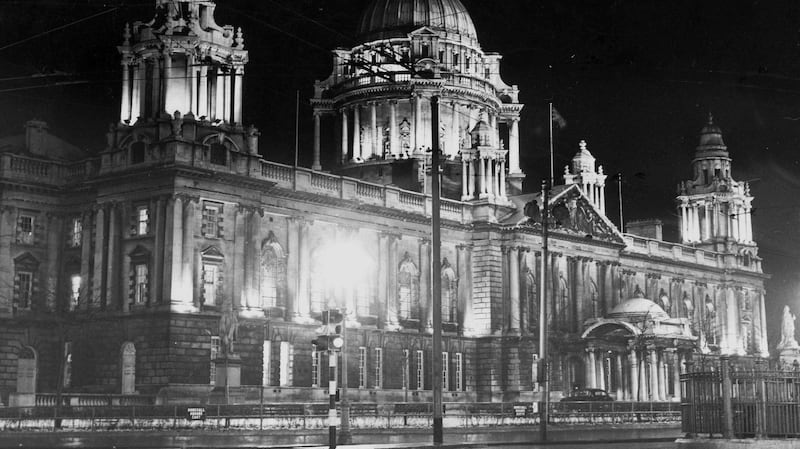Montreal, where I live, was, at the turn of the last century, one-third Irish; hence the shamrock on the city's coat of arms. Today though, few Irish settle here and in my day-to-day life in the Francophone east end of Canada I never hear an Irish, much less my native Belfast, accent.
Now, the only people who speak to me of my native place are neighbours and colleagues who have visited Northern Ireland. Mind you, it's fascinating to experience my home province through these strangers' stories.
After only a few weeks in my new job in Montreal, a colleague picked up on my accent and asked me where I was from. When I told him, he smiled, said “I thought so”, and explained that he and his wife were just back from Belfast after working there for a year.
“You know,” he said, “each time my wife sees Belfast on the television, she breaks into tears”. I held my breath: this was the dangerous late 1970s - had something bad happened?
Thankfully not. “She loved it so much, the place and the people. She’s homesick for Belfast.” I breathed out and smiled. “Glad to hear that.”

A few years later, in the elevator of my high-rise, I engaged in some small talk with a neighbour I vaguely knew. Suddenly, he asked, “Where are you from?” I told him and he recounted how, as a Belgian soldier with the UN expeditionary force, en route to Korea, he was billeted one November, close to Derry.
"After all these years I still can't forget the purity of the colours." (Later I discovered he was a painter.) Indeed, at 55 Degrees North, the winter sun, as author Deirdre Madden wrote, makes the landscape seem "as if it is lit from within."
By my calculations, the North has about twice as many AONBs (Area of Outstanding Natural Beauty) per sq km as the Sceptered Isle due east.
Once, back home on a visit, I met a Belfast man who'd returned for good, after 30 years in Canada. He, of course, told me how this came about. After marrying his second wife, a Japanese woman, he brought her over to meet the folks. To his and his family's surprise, she fell head over heels in love with the North. Back in Canada, she told him: "Either we move to Northern Ireland together or I'll go myself." " The rest," he said, "is history."
Firefighters from Dundalk, Drogheda and Dun Laoghaire who, in the early hours of Easter Tuesday 1941, arrived in Belfast to provide what help they could
Last year, as I listened to RTÉ Radio's Hidden Heroes of the Belfast Blitz (Doc on One is aired by CBC Radio - the English-language arm of the Canadian Broadcasting Corporation - on Sunday mornings), I learned of those firefighters from Dundalk, Drogheda and Dun Laoghaire who, in the early hours of Easter Tuesday 1941, arrived in Belfast to provide what help they could after an overnight raid by the Luftwaffe left about 1,000 dead.
Most of the casualties were in the working class north end. For instance, St Patrick’s Church on Donegall Street lost 130 of its parishioners during the bombing raid. Since I would be baptised in St Patrick’s, I felt a certain connection with those firefighters.
I did some digging and unearthed an Irish Times editorial that had appeared the day after the firefighters had journeyed north: "Yesterday for once the people of Ireland were united under the shadow of a national blow. Has it taken bursting bombs to remind the people of this little country that they have a common tradition, a common genius and a common home?"
It seems to me that so many years later the spirit of this editorial is as valid as it was back then. I’d like to think it encourages us all to bridge the divide. Will this piece reassure you there’s more to the North than you think, and much of it is good?

















